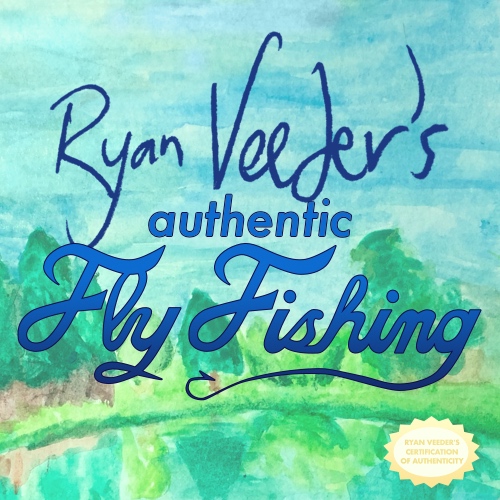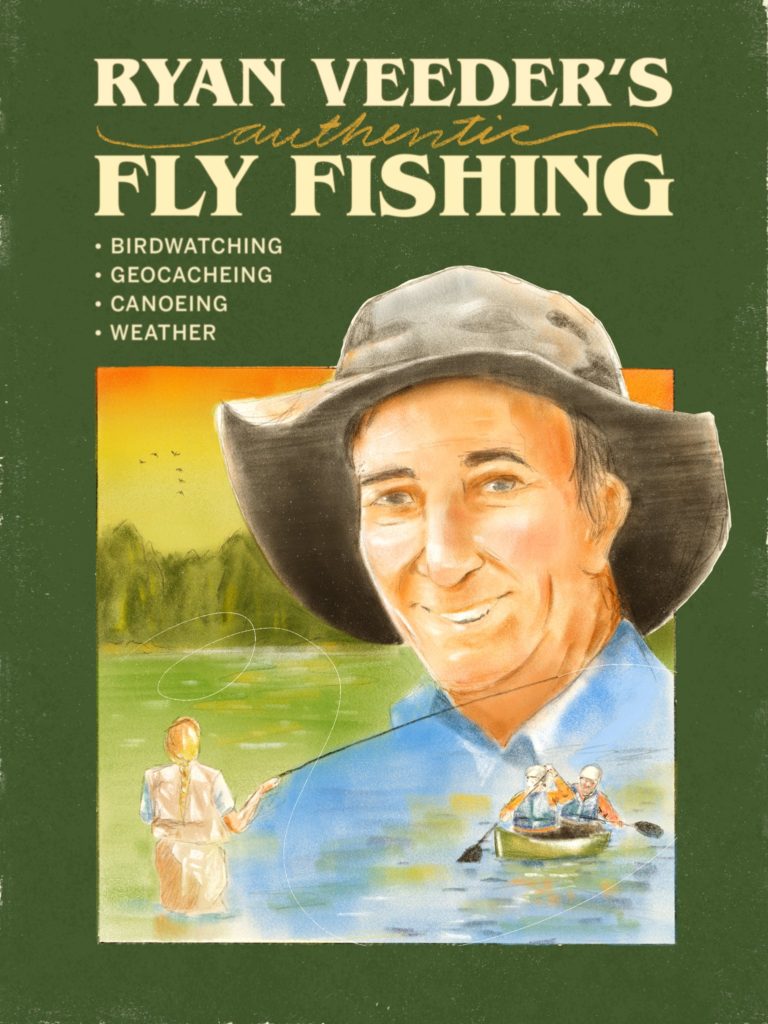Adam Belstrom puts his socks on one at a time. “I don’t know of any other way to do it,” he says.
Adam is shorter than you’d expect, neater and better dressed than you want him to be. An experimental jazz musician should have facial hair; he doesn’t. He should be living in a messy studio apartment, not a duplex near a church.
I show Adam a neat way of putting on both socks at once. He agrees that it’s neat. Then I make him do it a couple of times, so I know he’s internalized it. He thanks me, tentatively. I tell him he should do it that way from now on. He says “sure,” and I can tell he has no such plans.
“It’s a structure built out of chaos.“
Bismarck, North Dakota: No epicenter of artistic innovation—or so you’d think. Adam Belstrom is turning that assumption upside down, with a little help from his family. Every Saturday night, at Bismarck’s experimental jazz club The Sponge, Adam Belstrom debuts a new composition. Each piece is 500 notes long, and each note is chosen by Adam’s infant cousin Marquisha.
“My brain is formless,” Marquisha says, in sign language interpreted by her mother Hester, Adam’s aunt. “Jazz is formless. That’s not completely true. Jazz has structure. But it’s a structure built out of chaos. A baby like me is a perfect composer of jazz music.”
Marquisha’s composing process involves throwing ball bearings into a sand pit in Hester’s back yard. (During North Dakota’s frigid winters, the sand pit is brought into the living room.) On Sunday morning, Marquisha is given a bag of 500 ball bearings; over the course of the week, she eventually throws all of them into the sand pit. When the bag is empty, Hester and Adam photograph the pit and use Photoshop to overlay the array of circles onto a blank page of staff paper.
“We don’t have a Photoshop license,” Adam tells me, “so you should probably just say we use an image editing program. Or, just say ‘a computer.'”
“I’m listening to the ball. It’s like a Zen thing.“
Once Marquisha’s composition is transcribed, her mother uses a special rake to remove the balls from the sand pit and pours them back into the bag. Adam spends the rest of the week—however long that ends up being—rehearsing the music in preparation for Saturday night’s performance.
The ball bearings don’t always cooperate.
“Sometimes, a ball doesn’t want to be music,” Marquisha, now eighteen months old, explains. “Sometimes I throw the ball at Mommy, and she gets upset. But it’s because I’m listening to the ball. It’s like a Zen thing. I’m throwing it where it needs to be thrown.”
When this happens, Hester puts the steel sphere back in its bag, so that Marquisha can throw it again, hopefully into the sand pit. Her reasoning is simple: “Every song needs to be five hundred notes.”
What if Saturday night rolls around and Marquisha hasn’t thrown all the ball bearings into the sand yet? Hester brushes the question aside; such a thing “would never happen.”
Though he refuses to take even partial credit as composer, Adam does think of himself and Marquisha as creative partners. “Her fingers are too small to play the guitar. We got her a toy guitar for her birthday, but she can only strum an open chord right now.”
“When she’s older, she’ll play her own compositions,” says Hester. But Marquisha flails her arms emphatically, and Hester translates: “Mother, don’t you dare tell me what I’m going to do.”
It’s Saturday night. I and four other music critics are crowded around The Sponge’s tiny stage. Adam Belstrom arrives, ten minutes late. (Later I will deduce that he has just finished an argument with his girlfriend Sam, who will decline to be interviewed.) He arranges the pages of Marquisha’s music, six sheets of paper spread across two music stands. He clears his throat and begins to play.
I’ve heard from Hester that Marquisha only finished this composition this morning. Adam has had, at most, twelve hours to rehearse—and that’s not accounting for his argument with Sam.
The music has no melody, no tonality. Adam’s fingers struggle to accommodate Marquisha’s incredibly dense note clusters; I recall craters in the sand pit where ten or twelve ball bearings had gathered in little heaps.
I turn my attention from the stage for a moment, and I notice that Geof Yards, of Crawdaddy Magazine, is copying my notes. I cover my Moleskine with my hand. He pretends not to notice.
Geof Yards is a plagiarizing piece of garbage.
When the performance is over, I grab Geof’s notebook and throw it across the room. While he’s occupied, I move in for a final interview with Adam. He seems distracted. The only quote I can get out of him is “Thanks a lot for coming all the way out here.”
Outside, it’s dark already, and snowflakes dance under the orange streetlights. What a surprise: It’s snowing in North Dakota.


